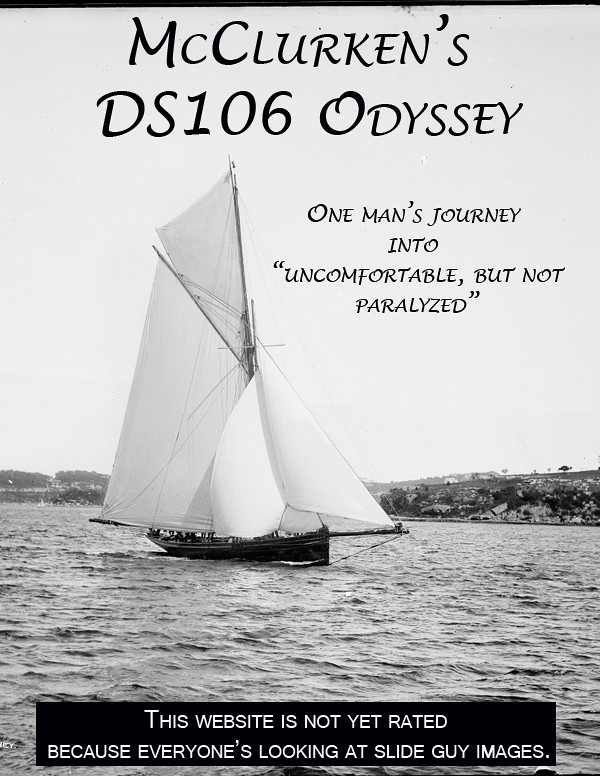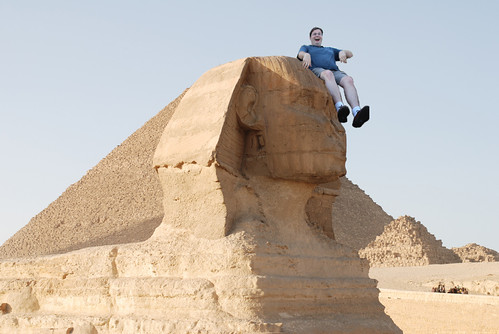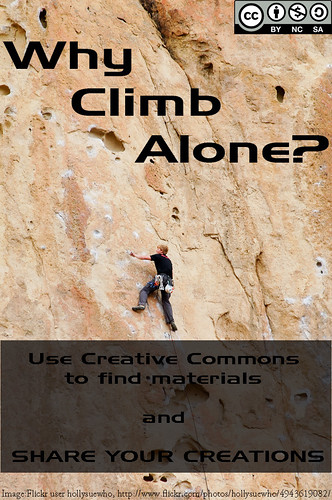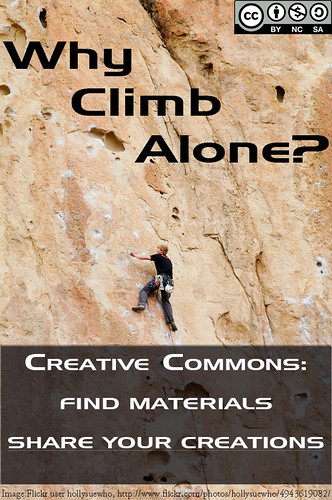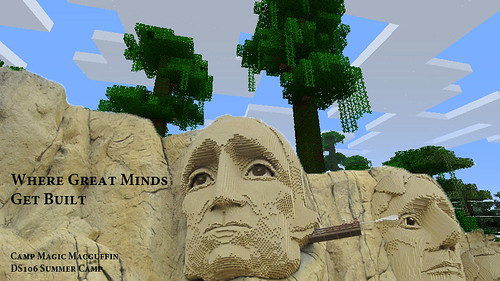To them, a touch is a blow,
a sound is a noise, a misfortune is a
tragedy, a joy is an ecstasy, a friend
is a lover, a lover is a god, and
failure is death
Add to this cruelly delicate
organism the everpowering necessity
to create, create, create –
so that without the creating
of music or poetry or books or buildings
or something of meaning
their very breath is cut off -
They must create, must pour out creation
By some strange, unknown, inward urgency
they are not really alive
unless they are creating.
– Pearl Buck
No everyone gets to create a building.
It must be an incredible kind of high to walk inside a building that once existed only in your imagination. In honor of interesting buildings that I’d admired in my home, Raleigh, North Carolina, I’ve created a series of “trading cards” for the design elements we’ve studied in DS 106.
Color
 The “painted ladies” as I’ve heard Victorian homes described are lovely in an historic section of downtown Raleigh known as Oakwood. The state bought several and gradually many are becoming office buildings. Quite a change for these elegant homes where I can imagine fancy balls were held for Raleigh’s elite.
The “painted ladies” as I’ve heard Victorian homes described are lovely in an historic section of downtown Raleigh known as Oakwood. The state bought several and gradually many are becoming office buildings. Quite a change for these elegant homes where I can imagine fancy balls were held for Raleigh’s elite.
My favorite house, the Andrews-Heck House build in 1870, has been unoccupied for years. The paint job, and I understand this can cost thousands of dollars, is a pale yellow base with a shock of another primary hue, burgundy, and a neutral trim, gray. Elegant!
Typography
 The Dorton Arena ruled the state fairgrounds in my youth. It was a building like no other that this farm girl had ever seen. Its lights have dimmed a bit but I still give the architects (Nowiki and Dietrick) high marks for designing what was for that day a super-sized building with lots of personality.
The Dorton Arena ruled the state fairgrounds in my youth. It was a building like no other that this farm girl had ever seen. Its lights have dimmed a bit but I still give the architects (Nowiki and Dietrick) high marks for designing what was for that day a super-sized building with lots of personality.
Someone deserves lots of credit for coming up with the perfect typeface for this building’s sign. The roundness and height of the letters reflect the roundness of the soaring roof line.
Metaphors/Symbols
 Shakespeare’s Globe Theater has returned with a contemporary flair. There really is a state-of-the arts multimedia theater inside this steel globe. Symbolically, it seems to say that Raleigh has a global perspective and serves as a launching pad for seeing the world.
Shakespeare’s Globe Theater has returned with a contemporary flair. There really is a state-of-the arts multimedia theater inside this steel globe. Symbolically, it seems to say that Raleigh has a global perspective and serves as a launching pad for seeing the world.
Minimalism and Use of Space

The Archdale Building reflects the minimalism of the 70s- 80s. It’s a no nonsense building, a bit foreboding as you approach. It guards the south entrance to the government’s football-size mall, Halifax.
It doesn’t fit its space well, much too tall for the peninsula on which it sits. And what might be seen as a strong, quiet elegance elsewhere, here only seems to put off citizens who just hope they never have to enter this modern fortress.
It seems to me that minimalism is all about gestalt and the creating of a sense of connectedness — connections in the design, some elements there and some implied, and connections to the viewer — emotional and inferred.
Form/Function/Message
 I only just recently learned that the North Carolina State Bell Tower is really a war memorial dedicated to the NC State grads who died in World War I. Appropriately, the door to the Shrine Room is inscribed “And they shall beat thou swords into plow shares.”
I only just recently learned that the North Carolina State Bell Tower is really a war memorial dedicated to the NC State grads who died in World War I. Appropriately, the door to the Shrine Room is inscribed “And they shall beat thou swords into plow shares.”
The building makes sense as a memorial built after the first World War and before the second. It’s stoic and lofty. It is all about sacrifice for something bigger than the individual — something lasting and worthwhile.
Skip ahead 50 years and you read a totally different message in Maya Ying Lin’s simply articulated Viet Nam War Memorial — The Wall. The Wall is low to the earth; even takes you into the earth as you walk down the v-shape’s diagonal. And every single soldier who died is memorialized by name.
Balance

I’ve marveled at the NC State’s Centennial Campus Gateway for years. I was not quite sure why the “gateway” was asymmetrical. Now I can see that it really is a perfect example of balancing the two unequal columns to the left with a smaller column on the right that is the proper distance from the fulcrum.
Interestingly, an orchard of cherry trees is planted on the diagonal and seem to be radiating from the gateway. It’s a beautiful welcome in the spring.
Rhythm

This is what a $100 million dollars looks like! The building is named in honor of a former two-time governor, James B. Hunt, Jr. Governor Hunt returned to the governor’s office after several years away to become the 69th and 71st governor.
The massive number of windows framed by “wings” or louvers help lift this starship off the launching pad. They seem to form a “Z-wave” pattern that makes the design dynamic.
Proportion

I thought for certain that the Legislative Building was designed by an Hawaiian architect the first time I saw it. There’s something about the courtyards and multiple water features that make it seem quite exotic.
I also thought the building had a strong resemblance to the Parthenon — a building renowned for its perfect symmetry and integrated building elements of columns, pediment, and dome(s). Now I know why.
Dominance

Nowicki and Dietriech, the architects for the Dorton Arena. use design elements to draw the eye to the just-off-center point where the two infinity loops meet. This, I’ve learned, reflects the designer’s efforts to draw the viewer’s eye to the entrance just below this intersection. I have and always will admire its uniqueness.
Unity

Recently christened “the Ugliest Building in Raleigh, North Carolina” by a prominent blogger, this American Institute for Architecture, North Carolina building defies convention with its diversity of building materials (stone, glass, naturally-finished cypress wood, aluminum sheeting, and concrete and minimalist landscaping. I admire the architect, Frank Harmon, respected professor of architecture at NC State, for his ability to create a unity of textures, colors, shapes, and space. The gestalt is very pleasing to my eye.
Though the building is not ugly to me, its positioning in the skyscape of downtown Raleigh is. It seems to hang over the street at the end of a long barren peninsula. I thought a lot about one suggestion that an architect made when I attended the open house. The building’s back borders on the front of legendary Peace College and the architect lamented that the building did not give any sort of nod to this beautiful old campus.
So interestingly, the AIA North Carolina Center for Architecture breaks new ground with its unity of materials but fails to live in unison with its surroundings.
*****
So that’s my Design Safari though it seems now more like a search and rescue. I often know when my design doesn’t work but have no clue how to improve it. I’m looking forward to problem-solving with my Design Trading Cards.



